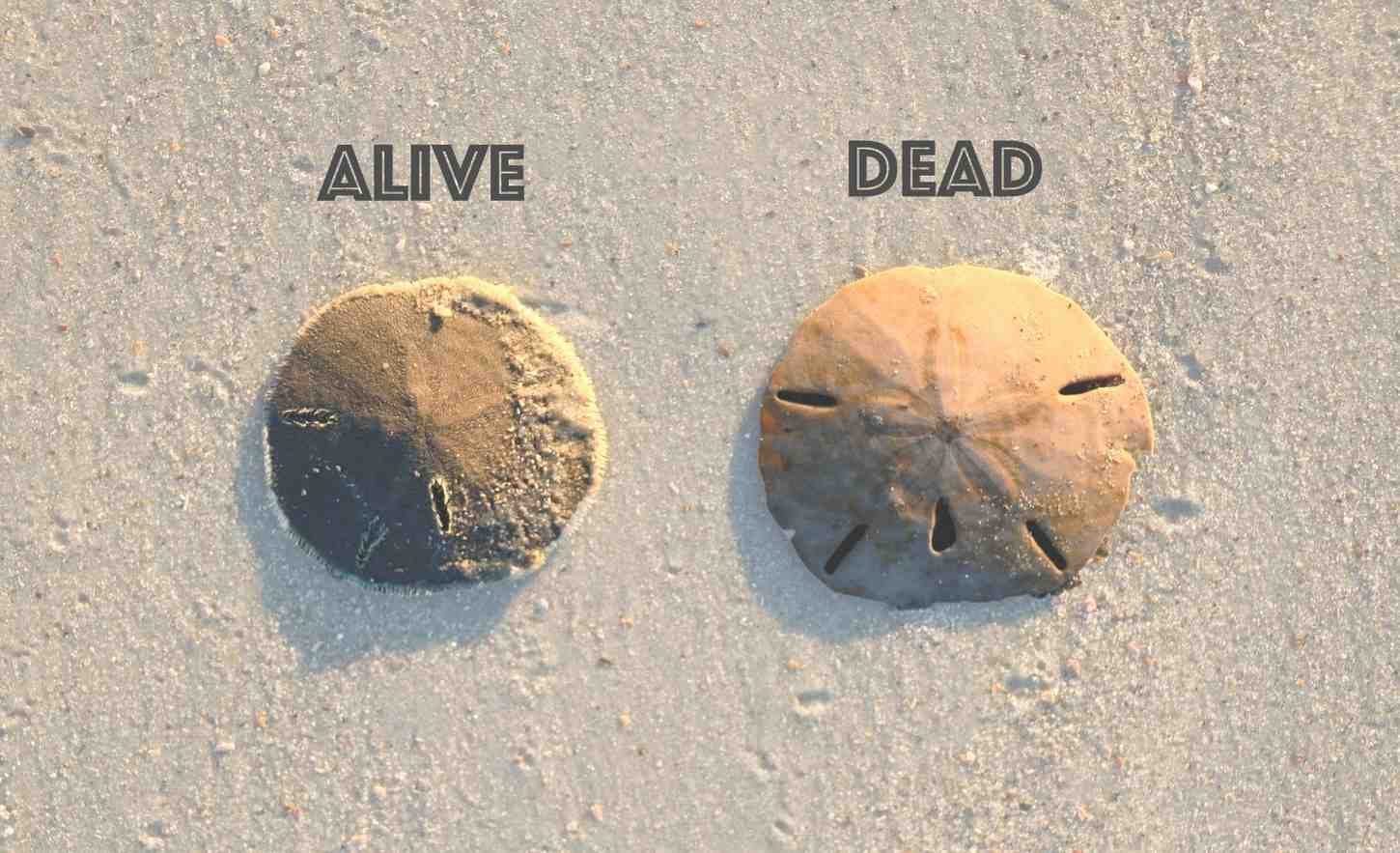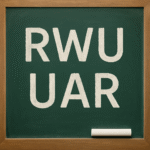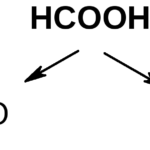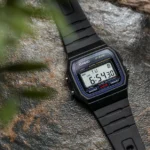Sand dollars are specific, flattened sea creatures that captivate with their delicate splendor and fascinating biology. These marine organisms, part of the echinoderm circle of relatives, belong to the equal institution as sea urchins and starfish. Their skeletal stays, frequently bleached white by way of the solar, resemble coins, giving upward thrust to their call. This article will explore everything from Sand Dollar’ habitat and weight-reduction plan to their cultural significance, in conjunction with frequently requested questions and an end that highlights their ecological importance.
What is a Sand Dollar?
Sand Dollar are flat, spherical, burrowing sea creatures which are closely associated with sea urchins. They belong to the class Echinoidea, which incorporates other marine animals with radial symmetry and a spiny skeleton. While Sand Dollar can also appear like shells on the beach, they’re without a doubt the skeletal stays of a once-residing creature.
Habitat and Range
Sand greenbacks are determined on sandy seabeds, usually in shallow coastal waters. They decide upon sandy, muddy areas and have a tendency to burrow just underneath the sand’s surface. Most sand dollars stay along the coasts of North America, in particular within the Pacific Ocean, near the beaches of the USA and Mexico. However, a few species inhabit the Atlantic Ocean as properly.
Physical Characteristics of Sand Dollars
The sand dollar’s frame is spherical and flattened, with a completely unique pattern of small holes on its top facet. These holes, referred to as “lunules,” help the sand dollar stay grounded within the sand and allow water to bypass through as it burrows. The surface of a live sand dollar is included in tiny, hair-like spines that help it move and seize meals.
When alive, sand dollars are commonly a gray, brown, or green shade. After they die, their skeletons, or “exams,” are left at the back of, eventually bleaching to a white color from sun publicity.
Diet and Feeding Habits
Sand greenbacks are filter feeders that eat tiny metal particles, which include plankton, algae, and microscopic organisms observed in the sand. They use their tiny, hair-like structures, referred to as cilia, to sweep meals debris in the direction of their mouth, located on the bottom of their frame. Sand dollars also can digest natural fabric located in sand debris.
Sand Dollar Lifespan and Reproduction
The average lifespan of a sand dollar stages from six to ten years, relying on environmental situations. They reproduce via releasing eggs and sperm into the water, wherein fertilization occurs externally. After fertilization, the larvae go with the flow through the ocean as plankton earlier than sooner or later selecting the ocean floor.
The Myth and Symbolism of Sand Dollars
Sand greenbacks have a wealthy record in mythology and symbolism. Many coastal cultures see them as a symbol of peace, transformation, and new beginnings. The unique markings on sand bucks are frequently interpreted as symbols representing diverse elements of Christianity, with a few believing the sand dollar‘s sample resembles a picture of the Easter lily.
Ecological Importance of Sand Dollars
Sand bucks play a critical position in marine ecosystems. As clear out feeders, they help maintain ocean waters clean with the aid of consuming small particles and plankton. Their burrowing pastime additionally contributes to oxygenating the sandy seafloor, which benefits different marine organisms.
Frequently Asked Questions About Sand Dollars
1. Are sand bucks alive once they wash ashore?
Not continually. A sand dollar that has washed ashore is often dead, in particular if it’s far bleached white. Live sand greenbacks are generally darker in color and have tiny transferring spines on their surface.
2. Is it a prison to acquire sand greenbacks from the beach?
It depends on nearby rules. In many locations, taking stay and dollars is prohibited, however amassing their skeletal remains is authorized. Always check nearby laws earlier than amassing sand greenbacks.
3. How can you inform if a sand dollar is alive?
Live sand bucks are usually gray, brown, or inexperienced, with tiny, shifting spines on their floor. If the sand greenback feels rough or prickly, it could nonetheless be alive.
4. What do sand dollars devour?
Sand bucks feed on microscopic organisms like plankton and algae. They use their cilia to transport food debris in the direction of their mouth.
5. Why are sand greenbacks called “sand bucks”?
Their white, coin-like look resembles a silver greenback. This likeness gave upward thrust to the name “sand greenback.”
6. How do I care for a gathered sand dollar?
If you gather a sand dollar, rinse it in sparkling water and permit it to dry in the sun. To improve its shape, soak it in a water-and-bleach solution, then let it dry absolutely.
7. Do sand dollars have predators?
Yes, sand dollars are preyed upon by means of fish, crabs, and different large sea creatures. Their flat, burrowing life-style facilitates guarding them from predators.
Conclusion: A Treasure of the Ocean Floor
The sand dollar, with its one of a kind form and charming lifestyle, is a notable resident of our oceans. These creatures, although small and sensitive, play a considerable position in marine ecosystems via filtering water and aerating the seabed. While their skeletal remains might also appear lovely on show, they maintain even more value of their herbal habitat. So, the following time you discover a sand dollar, recall the complicated and crucial function it plays inside the ocean. By appreciating sand greenbacks of their natural surroundings, we assist preserve the ecological balance of our oceans.












